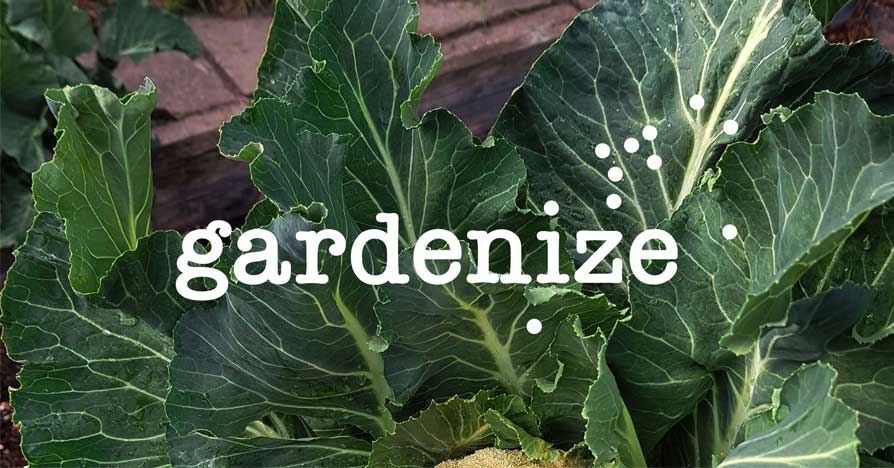Upside-down gardening: May in Central Otago
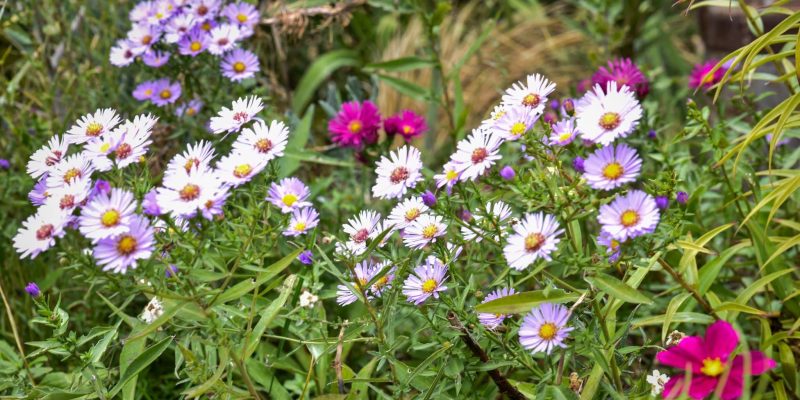
The end of autumn
Outdoors: autumn flowers and what to do with the last of the tomatoes.
Indoors: succulents, how to keep tender plants alive in winter and how to grow healthy greens without a garden.
Soil: fungi and bacteria, worm farms.
In the vegetable garden: seeds to sow, plus jobs for May.
We’ve had a couple of frosts now: time to get the last of the tender plants indoors and prepare for winter.
A harmonious colour scheme
The Michaelmas daisies are flowering at last, as well as some white nerines. I also have a few cosmos from seed that I just scattered on the soil, making a harmonious pink theme. I’m hoping to see the chrysanthemums flowering soon, bringing warmer colours to the garden.
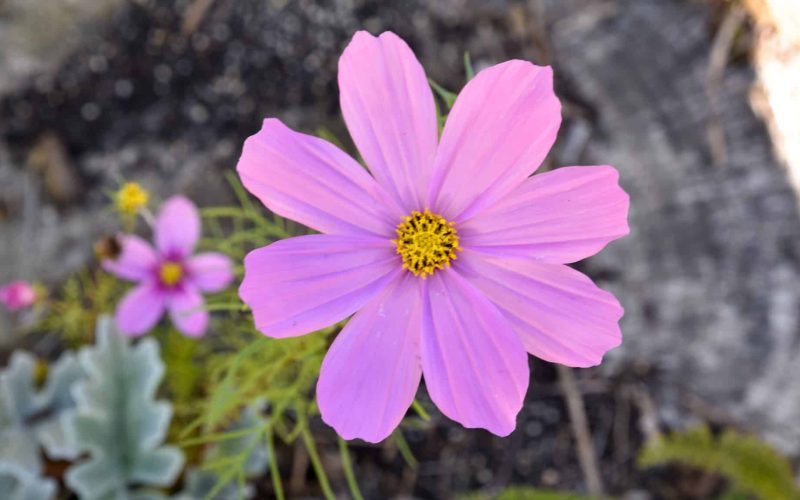
Gardening indoors
Tender plants, like the busy lizzies I planted to fill a gap will soon blacken and die outside when we get a hard frost, but the cuttings I took are now potted up and are doing well indoors. I have been gradually moving some of my succulents and a couple of pelargoniums indoors too, where I am enjoying seeing them on windowsills.
Tender succulents
One of the things I most love about succulents is the fact that they are easy to propagate. I’m never sure when I buy a new one whether it will survive outdoors in our cold winters, so, where it is practical, I take a few cuttings and bring them indoors, leaving the parent plant outside. The propellor plant above grows on windy coastlines in New Zealand, so maybe the parent plant will be ok on our sheltered balcony. I bought a medium-sized string of buttons plant this summer and made a few cuttings. The tiny flowers began to appear in mid-April, and I used a macro lens on my camera to photograph them.
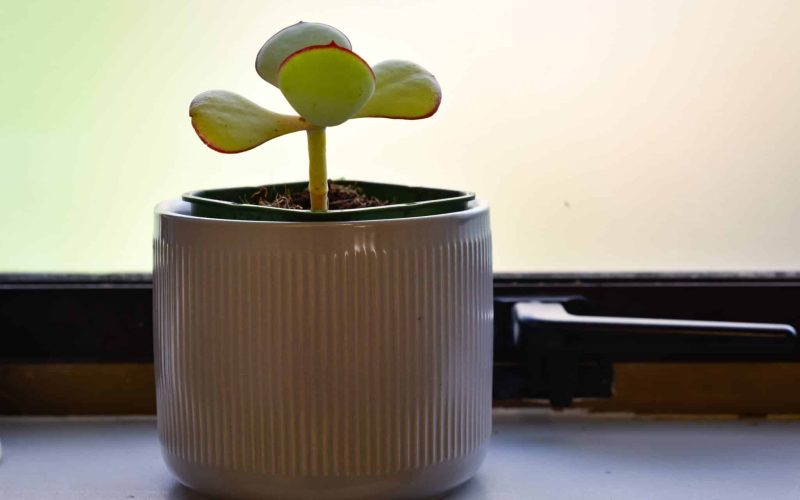
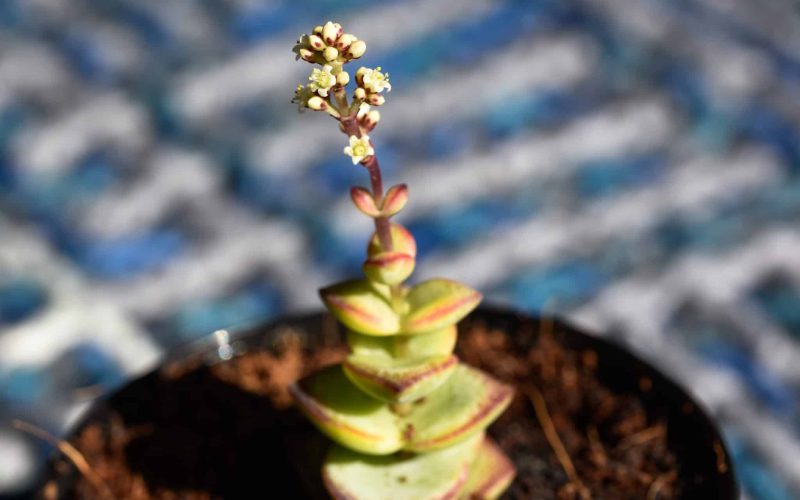
Growing greens indoors
My garden helps me to keep healthy and it has certainly influenced my cooking. I’m fascinated by growing things both inside and outside the house. I like to supplement the green vegetables I get from the garden with beansprouts to use in stir-fries or to add to stews at the end of cooking and alfalfa sprouts for salad. I bought a couple of mesh lids that fit standard preserving jars and some mung beans and alfalfa seeds from our local Bin Inn (https://www.instagram.com/bininnalexandra/ ). I put the mung beans in the jar with some water, swirl them round and then drain the water off through the mesh lid. Then I put the jar in a cupboard and do the same again the next day. Depending on the temperature, I have beansprouts ready to eat in about five days. Alfalfa sprouts get the same treatment, except they need to be on the kitchen bench in the light.
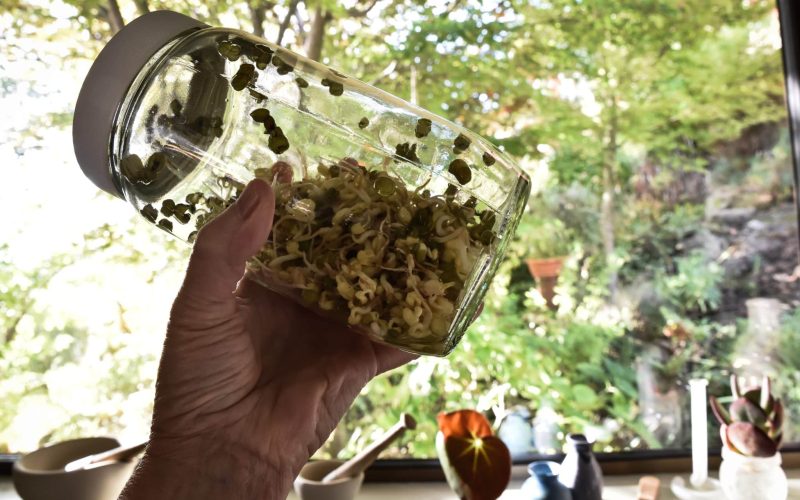
Caring for the soil
Improving the soil in my garden is an ongoing process and despite the progress it has made, it still has a long way to go before it has the water retention and richness that I’m aiming for. I’ve been reading about the importance of microbes: bacteria and fungi in the soil food web. In the same way that the good bacteria and yeasts in fermented foods like kombucha and kefir help you and your pets to stay healthy, bacteria and fungi work together in the soil to help your plants to stay healthy. They make nutrients from the soil available to plants and protect them from disease. When you see a mushroom above ground, that is only a small part of the living fungus. Its mycelia, which are thin, hairlike structures, can spread for miles underground unless they are disturbed by digging. Plants, bacteria and fungi have a complex and mutually beneficial relationship and even holds carbon in the soil. With only a few exceptions, like honey fungus or black spot, most of the fungi that you see are a sign that your soil is healthy. To protect the life in the soil, it’s good to keep it protected with mulches and ground cover plants and to avoid digging, where possible.
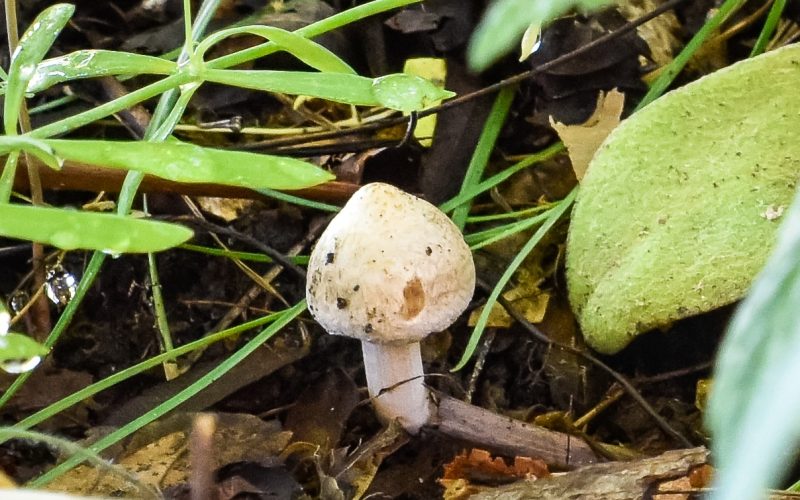
Worm farms
Worm farms and compost bins are great places to cultivate friendly bacteria and fungi, so I’ve been reading about how to keep the worms in my worm farm happy. In summer, I noticed that all the worms were right in the bottom of the worm farm. Apparently, this means that they were too hot and were trying to escape the heat. I read that carbon-rich worm food, like paper, cardboard and autumn leaves, helps to cool the worm farm. Nitrogen-rich worm food, like manure, grass clippings and coffee grounds, provides heat. This means it makes sense to add lots of torn paper and cardboard to the worm farm in summer and lots of manure in winter. Now that the weather is cooling, I have noticed that the worms have moved upwards. I have given my two large worm farms half a bag of horse manure each and I have some more horse manure on standby for when the weather gets colder.
Stripping out the tomatoes
It got to halfway through April and we’d had a couple of frosts before I finally stripped out the tomatoes. I kept expecting to see them blackened by frost, but I got away with it this time. The tomatoes are now in bowls on the dining table. As they ripen, I’ll eat them. I dried some cherry tomatoes in the dehydrator: I just cut them in half, arranged them on the trays and set the timer for 12 hours. I also put some big ripe juicy tomatoes in the smoothie-maker with the last of the basil and then froze the resulting mush in plastic tubs. It will be great for adding to soups, stews and pasta sauces. Any tomatoes that refuse to ripen will become chutney. I shredded the plants and mulched the ornamental garden with them, avoiding using tomato plant remains in the compost/worm bins to reduce the chances of harbouring tomato diseases.
Jobs to do in the garden in May
Move or plant shrubs and small trees. I have a yew grown from a cutting and a wintersweet grown from seed. They are both outgrowing their pots, so I’ll put them in the ground. They can settle in over winter, ready to take off in spring.
Switch off the irrigation and make sure your outdoor taps and pipes are suitably insulated so they don’t freeze.
For the vegetable garden, you’ll notice that seed sowing is limited to only a few things now: broad beans, lettuce, pak choi, radishes, shallots and spinach. Sow broad beans and radishes direct, but it’s good to have lettuce, shallot and spinach seedlings handy for when you get a space in the vegetable beds. It’s good for the soil to keep it covered, so you’d might as well keep it covered with productive plants.
Traditionally, it is said that you should sow garlic on the shortest day and harvest it on the longest, but you can start planting garlic cloves from late April through to early July. Just make a little hole with a stick and push the clove in so that it is just covered. At this time of year, the blackbirds and thrushes will probably leave the garlic cloves alone but be ready to cover them with mesh or fleece if the birds are too curious.
Spread a nice thick layer of compost between plants as soon as you have some good stuff in your worm farm or compost heap. Mulch with whatever organic matter you can get your hands on to feed and shelter the microbes.

About the writer
My name’s Pamela and a few years ago, at the age of 55, I made the decision to start a new adventure. I left the northwest of England, where I had lived all my life, and moved to New Zealand. I’m excited to be a guest blogger on Gardenize, and I love writing about my garden in beautiful, sunny Alexandra in Central Otago. My garden here is about as different as it could get from the damp, shady garden I left behind. Central Otago is the hottest, driest, coldest area in New Zealand, as we have hot summers and cold winters, along with a semi-arid climate. The area is famous for its orchards and vineyards. It has many quaint little rural townships with pretty cottage gardens featuring peonies, bearded irises, hollyhocks, lilies, roses, and lavender that grow so well here. The landscape is spectacular, with dry, rocky mountains and impossibly blue lakes and rivers. The dry mountains look barren, but they’ve actually covered in tough little thyme plants: a great clue to what might grow well in the garden.
GARDENIZE GARDEN APP
A gardening friend with a green thumb and photographic memory
Gardenize is an app for gardening and cultivation that helps you to overview, understand and develop your garden and your gardening skills.
Order makes it easier to succeed and Gardenize structures information and photos and makes it searchable for you. You also get tips and inspiration from other Gardenizers around the world.
Gardenize is free to use and you can download Gardenize from the App Store or Google Play, or create an account the Gardenize web app for web browsers.
Get to know Gardenize better here.

